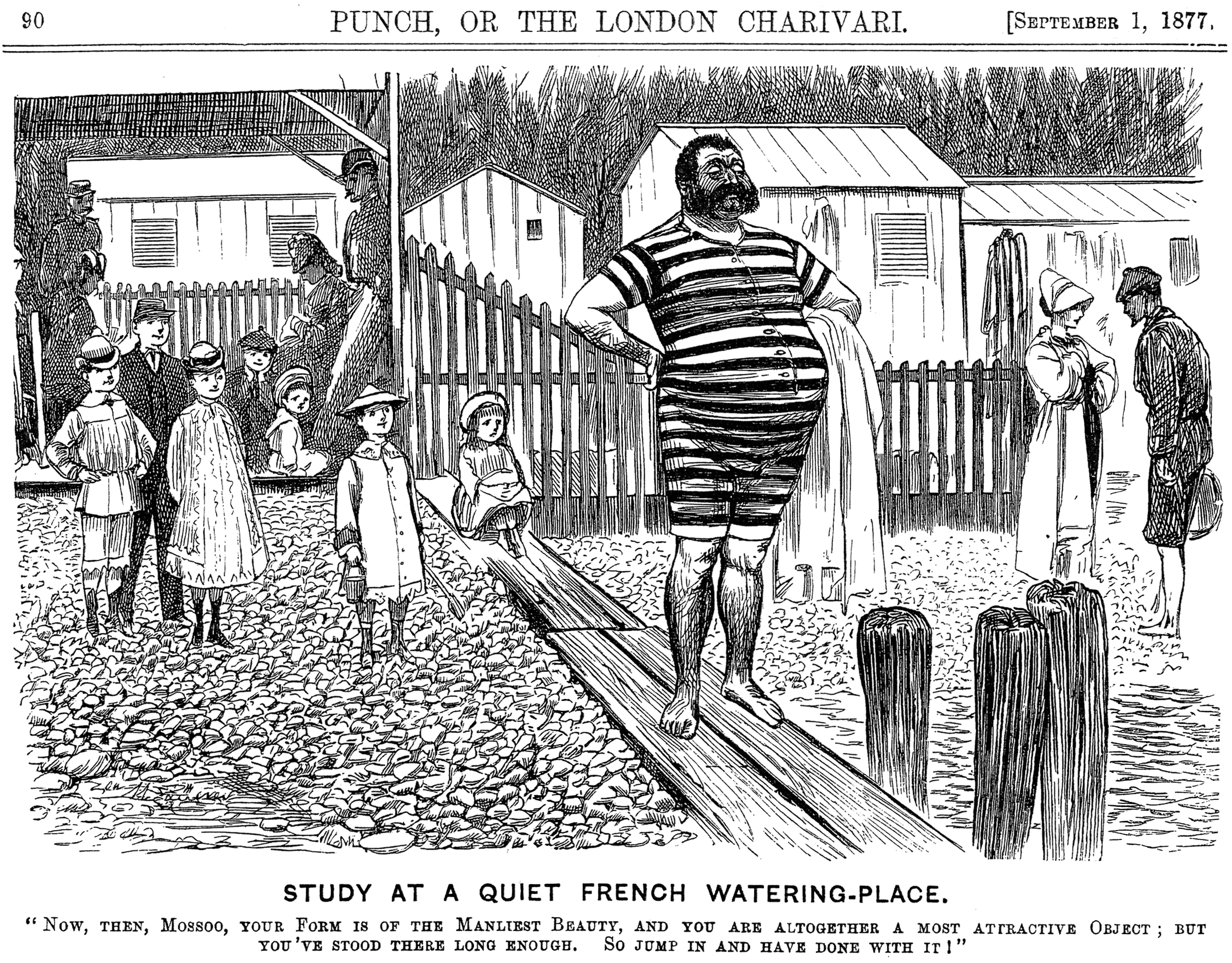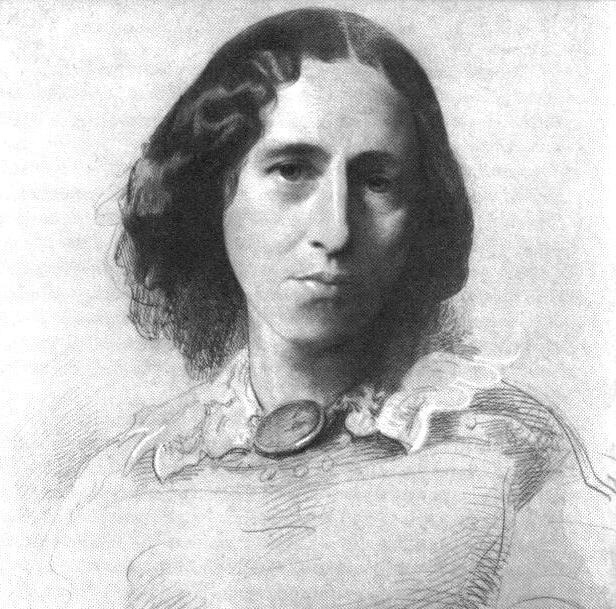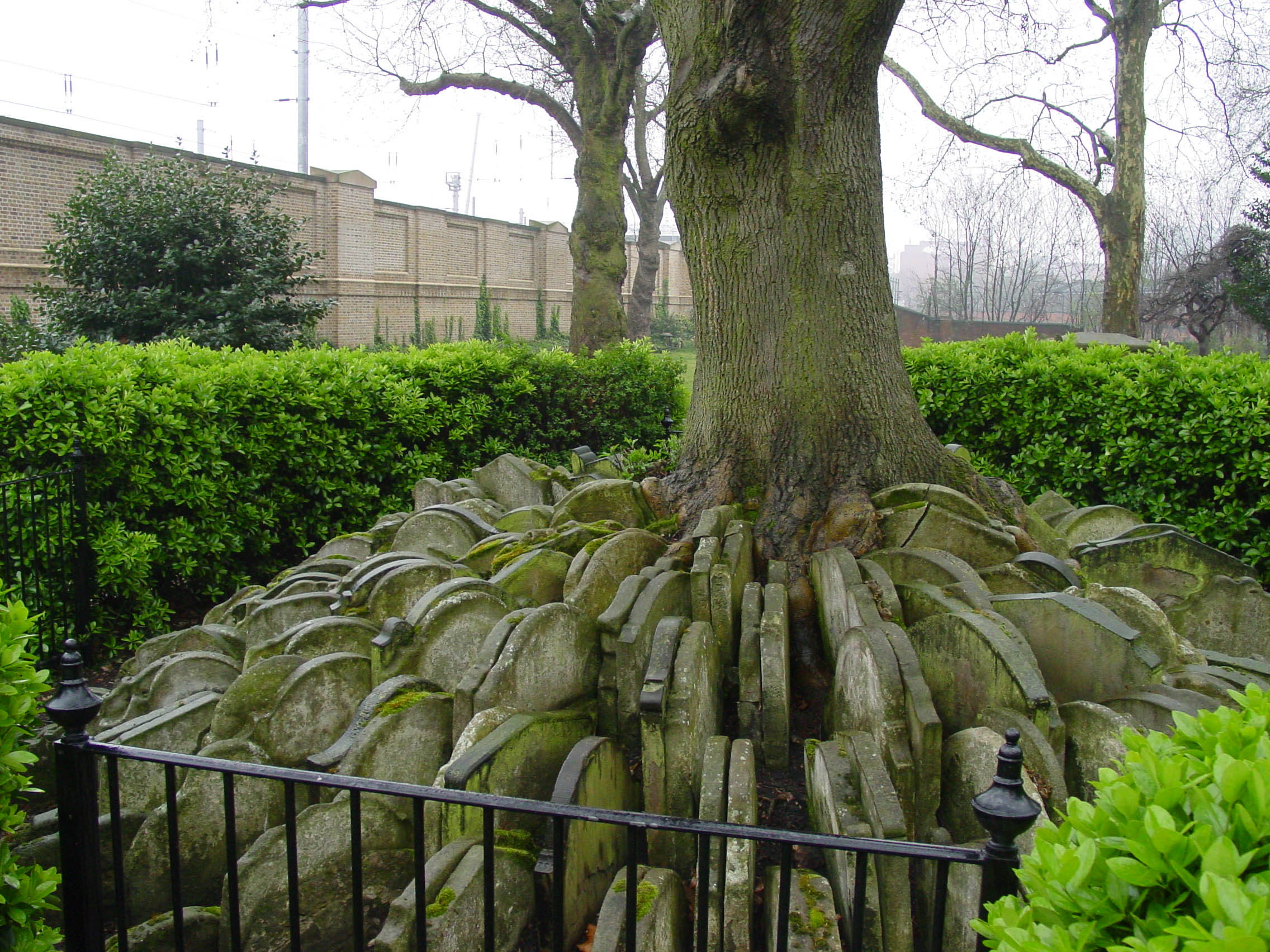|
Illustrated Fiction
Illustrated fiction is a hybrid narrative medium in which images and text work together to tell a story. It can take various forms, including fiction written for adults or children, magazine fiction, comic strips, and picture books.Sillars, Stuart, 1995''Visualisation in Popular Fiction, 1860-1960'' Routledge, . Illustrated fiction in the 18th century Apart from an occasional portrait or map, 18th century fiction was not usually illustrated, as publishers did not commission illustrations for new novels. In the novel ''The History of Tom Jones, a Foundling'', the author Henry Fielding refers to paintings by William Hogarth in order to explain what some of his characters look like.Cohen, Jane R., 1980''Charles Dickens and His Original Illustrators'' Ohio State University Press, , page 4. Illustrations were commissioned for already successful books. These illustrated versions were usually published as limited editions and sold through prior subscription. Henry Fuseli created a si ... [...More Info...] [...Related Items...] OR: [Wikipedia] [Google] [Baidu] |
Robert Seymour (illustrator)
Robert Seymour (1798 – 20 April 1836) was a British illustrator known for his illustrations for ''The Pickwick Papers'' by Charles Dickens and for his caricatures. He committed suicide after arguing with Dickens over the illustrations for ''Pickwick''. Early years Seymour was born in Somerset, England in 1798, the second son of Henry Seymour and Elizabeth Bishop. Soon after moving to London Henry Seymour died, leaving his wife, two sons and daughter impoverished. In 1827 his mother died, and Seymour married his cousin Jane Holmes, having two children, Robert and Jane. After his father died, Robert Seymour was apprenticed as a pattern-drawer to a Mr. Vaughan of Duke Street, Smithfield, London, Smithfield, London. Influenced by painter Joseph Severn Royal Academy, RA, during frequent visits to his uncle Thomas Holmes of Hoxton, Robert's ambition to be a professional painter was achieved at the age of 24 when, in 1822, his painting of a scene from Torquato Tasso's ''Jerusalem D ... [...More Info...] [...Related Items...] OR: [Wikipedia] [Google] [Baidu] |
George Cattermole
George Cattermole (10 August 180024 July 1868) was a British painter and illustrator, chiefly in Watercolor painting, watercolours. He was a friend of Charles Dickens and many other literary and artistic figures. Life and work He was born at Dickleburgh, near Diss, Norfolk, Diss, Norfolk. At the age of fourteen he began working as an architectural and topographical technical drawing, draughtsman for the antiquary John Britton (antiquary), John Britton. Afterwards he contributed designs to be engraved in the annuals then so popular, then progressed into watercolour painting, becoming an associate of the Royal Watercolour Society in 1822, and a full member in 1833. In 1850 he withdrew from active connection with this society, and took to painting in painting oil, oil. His most fertile period was between 1833 and 1850. At the Exposition Universelle (1855), Paris Exhibition of 1855 he received one of the five first-class gold medals awarded to British painters. He also enjoyed pr ... [...More Info...] [...Related Items...] OR: [Wikipedia] [Google] [Baidu] |
Luke Fildes
Sir Samuel Luke Fildes (3 October 1843 – 28 February 1927) was a British painter and illustrator born in Liverpool and trained at the Royal College of Art, South Kensington and Royal Academy Schools. He was the grandson of the political activist Mary Fildes. Illustrator At the age of 17, Fildes became a student at the Warrington School of Art. Fildes moved to the South Kensington Art School where he met Hubert von Herkomer and Frank Holl. All three men became influenced by the work of Frederick Walker (painter), Frederick Walker, the leader of the social realist movement in Britain. Fildes shared his grandmother's concern for the poor and in 1869 joined the staff of ''The Graphic'' newspaper, an illustrated weekly began and edited by the social reformer, William Luson Thomas. Fildes shared Thomas' belief in the power of visual images to change public opinion on subjects such as poverty and injustice. Thomas hoped that the images in ''The Graphic'' would result in individua ... [...More Info...] [...Related Items...] OR: [Wikipedia] [Google] [Baidu] |
Marcus Stone
Marcus Clayton Stone (4 July 1840 – 24 March 1921) was an English painter. Stone was born in London, and was educated at the Royal Academy. Life Marcus Clayton Stone was the son of Frank Stone ARA. Marcus was trained by his father and began to exhibit at the Royal Academy, before he was eighteen. A few years later he illustrated, with much success, books by Charles Dickens, Anthony Trollope, and other writers who were friends of his family. Stone was elected an Associate of the Royal Academy in 1877, and Academician in 1887. In his earlier pictures, he dealt much with historical incidents, but in his later work, he occupied himself chiefly with a particular type of dainty sentiment, treated with much charm, refinement and executive skill. One of his canvases is in Tate. Most of his works have been engraved, and medals were awarded to him at exhibitions in all parts of the world. Stone and fellow painter Luke Fildes both lived in Melbury Road, Holland Park, in houses d ... [...More Info...] [...Related Items...] OR: [Wikipedia] [Google] [Baidu] |
Hablot Knight Browne
Hablot Knight Browne (10 July 1815 – 8 July 1882) was a British artist and illustrator. Well known by his pen name, Phiz, he illustrated books by Charles Dickens, Charles Lever, Augustus Septimus Mayhew and Harrison Ainsworth. Early life Of French Huguenot ancestry (the Browne surname was originally Bruneau), Hablot Knight Browne was born in England, in Lambeth (near London) on Kennington Lane. He was the fourteenth of Catherine and William Loder Browne's fifteen children. According to his biographer Valerie Browne Lester, Phiz was in fact the illegitimate son of his putative eldest sister Kate and Captain Nicholas Hablot of Napoleon's La Grande Armée#Imperial Guard, Imperial Guard. There is some uncertainty regarding the exact date of birth. 10 July 1815 is the date given by Valerie Browne Lester, his great-great-granddaughter. John Buchanan-Brown in his book ''Phiz!: Illustrator of Dickens' World'' says 12 July 1815. The date on his Christening record of 21 December 1815 at S ... [...More Info...] [...Related Items...] OR: [Wikipedia] [Google] [Baidu] |
George Du Maurier
George Louis Palmella Busson du Maurier (6 March 1834 – 8 October 1896) was a Franco-British cartoonist and writer known for work in ''Punch (magazine), Punch'' and a Gothic fiction, Gothic novel ''Trilby (novel), Trilby'', featuring the character Svengali. His son was the actor Sir Gerald du Maurier. The writers Angela du Maurier and Daphne du Maurier and the artist Jeanne du Maurier were all granddaughters of George. He was also father of Sylvia Llewelyn Davies and grandfather of the Llewelyn Davies boys, five boys who inspired J. M. Barrie's ''Peter Pan''. Early life George du Maurier was born in Paris, July Monarchy, France, son of Louis-Mathurin Busson du Maurier and wife Ellen Clarke, daughter of the Courtesan, Regency courtesan Mary Anne Clarke. He was brought up to believe his Aristocracy, aristocratic grandparents had fled from Kingdom of France, France during the French Revolution, Revolution, leaving vast estates behind, to live in England as émigrés. In fact, du ... [...More Info...] [...Related Items...] OR: [Wikipedia] [Google] [Baidu] |
William Makepeace Thackeray
William Makepeace Thackeray ( ; 18 July 1811 – 24 December 1863) was an English novelist and illustrator. He is known for his Satire, satirical works, particularly his 1847–1848 novel ''Vanity Fair (novel), Vanity Fair'', a panoramic portrait of British society, and the 1844 novel ''The Luck of Barry Lyndon'', which was Barry Lyndon, adapted for a 1975 film by Stanley Kubrick. Thackeray was born in Calcutta, British India, and was sent to England after his father's death in 1815. He studied at various schools and briefly attended Trinity College, Cambridge, before leaving to travel Europe. Thackeray squandered much of his inheritance on gambling and unsuccessful newspapers. He turned to journalism to support his family, primarily working for ''Fraser's Magazine'', ''The Times'', and ''Punch (magazine), Punch''. His wife Isabella suffered from mental illness. Thackeray gained fame with his novel ''Vanity Fair'' and produced several other notable works. He unsuccessfully ran f ... [...More Info...] [...Related Items...] OR: [Wikipedia] [Google] [Baidu] |
George Eliot
Mary Ann Evans (22 November 1819 – 22 December 1880; alternatively Mary Anne or Marian), known by her pen name George Eliot, was an English novelist, poet, journalist, translator, and one of the leading writers of the Victorian era. She wrote seven novels: ''Adam Bede'' (1859), ''The Mill on the Floss'' (1860), ''Silas Marner'' (1861), ''Romola'' (1862–1863), ''Felix Holt, the Radical'' (1866), ''Middlemarch'' (1871–1872) and ''Daniel Deronda'' (1876). Like Charles Dickens and Thomas Hardy, she emerged from provincial England; most of her works are set there. Her works are known for their literary realism, realism, psychological fiction, psychological insight, sense of place and detailed depiction of the countryside. ''Middlemarch'' was described by the novelist Virginia Woolf as "one of the few English novels written for grown-up people"Woolf, Virginia. "George Eliot." ''The Common Reader''. New York: Harcourt, Brace, and World, 1925. pp. 166–176. and by Martin Amis an ... [...More Info...] [...Related Items...] OR: [Wikipedia] [Google] [Baidu] |
George Meredith
George Meredith (12 February 1828 – 18 May 1909) was an English novelist and poet of the Victorian era. At first, his focus was poetry, influenced by John Keats among others, but Meredith gradually established a reputation as a novelist. '' The Ordeal of Richard Feverel'' (1859) briefly scandalised Victorian literary circles. Of his later novels, the most enduring is '' The Egoist'' (1879), though in his lifetime his greatest success was '' Diana of the Crossways'' (1885). His novels were innovative in their attention to characters' psychology, and also portrayed social change. His style, in both poetry and prose, was noted for its syntactic complexity; Oscar Wilde likened it to "chaos illumined by brilliant flashes of lightning". Meredith was an encourager of other novelists, as well as an influence on them; among those to benefit were Robert Louis Stevenson and George Gissing. Meredith was nominated for the Nobel Prize in Literature seven times. Life Early years, educa ... [...More Info...] [...Related Items...] OR: [Wikipedia] [Google] [Baidu] |
Thomas Hardy
Thomas Hardy (2 June 1840 – 11 January 1928) was an English novelist and poet. A Literary realism, Victorian realist in the tradition of George Eliot, he was influenced both in his novels and in his poetry by Romanticism, including the poetry of William Wordsworth. He was highly critical of much in Victorian era, Victorian society, especially on the declining status of rural people in Britain such as those from his native South West England. While Hardy wrote poetry throughout his life and regarded himself primarily as a poet, his first collection was not published until 1898. Initially, he gained fame as the author of novels such as ''Far from the Madding Crowd'' (1874), ''The Mayor of Casterbridge'' (1886), ''Tess of the d'Urbervilles'' (1891) and ''Jude the Obscure'' (1895). During his lifetime, Hardy's poetry was acclaimed by younger poets (particularly the Georgian Poetry, Georgians) who viewed him as a mentor. After his death his poems were lauded by Ezra Pound, W. H. Au ... [...More Info...] [...Related Items...] OR: [Wikipedia] [Google] [Baidu] |
Anthony Trollope
Anthony Trollope ( ; 24 April 1815 – 6 December 1882) was an English novelist and civil servant of the Victorian era. Among the best-known of his 47 novels are two series of six novels each collectively known as the ''Chronicles of Barsetshire'' and the Palliser novels, as well as his longest novel, ''The Way We Live Now''. His novels address political, social, and gender issues and other topical matters. Trollope's literary reputation dipped during the last years of his life, but he regained somewhat of a following by the mid-20th century. Biography Anthony Trollope was the son of barrister Thomas Anthony Trollope and the novelist and travel writer Frances Milton Trollope. Though a clever and well-educated man and a Fellow of New College, Oxford, Thomas Trollope failed at the Bar due to his bad temper. Ventures into farming proved unprofitable, and his expectations of inheritance were dashed when an elderly, childless uncle remarried and fathered children. Thomas Trollope was ... [...More Info...] [...Related Items...] OR: [Wikipedia] [Google] [Baidu] |










